Progress in the protection of military vehicles
The new modification of BMP M2 Bradley, which received the designation M2AZ, is in service with the American army
Armed forces around the world must continue to upgrade obsolete armored vehicles in service in order to maintain high levels of protection and their high combat potential. Consider the program of modernization of various platforms that are currently being implemented.
Few armies today can afford every 20 or 25 years to update existing fleets of tracked and wheeled armored fighting vehicles (BBMs), purchasing completely new vehicles. Therefore, the trend of upgrading platforms with the goal of extending their lifespan and at the same time increasing capabilities is strong. Although the mobility of armored vehicles is of great importance, most modifications are aimed at increasing levels of protection and fire power.
Traditionally, the highest level of protection for BBM is provided in the frontal projection - the most likely direction of attack. However, in modern conflicts they can attack from any direction, including blasting on a mine or an attack from above, which makes install additional protection. This may be a passive type of armor, elements of dynamic protection, or a combination of them. In aft projection, trellis screens are often used to provide protection against anti-tank weapons with one high-explosive warhead.
Popular improvements
There are limitations on the amount of armor that can be installed on the BBM without impairing its mobility. For this reason, complexes of active protection and optical-electronic suppression are integrated in order to increase the level of survivability of the platforms. A good example in this regard is the Israeli tank Merkava Mk4, equipped with Trophy's active protection complex from Rafael Advanced Defense Systems.
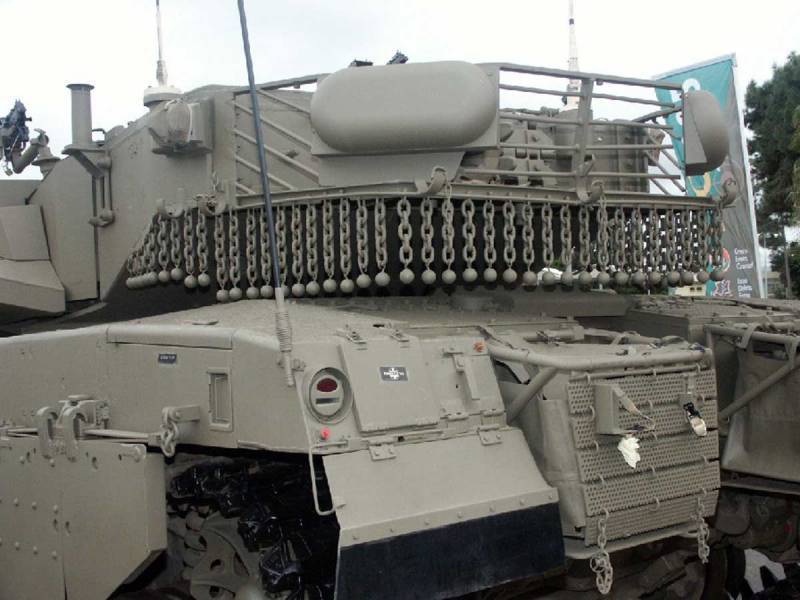
The back of the tower tank Merkava with installed KAZ Trophy. Visible rear radars
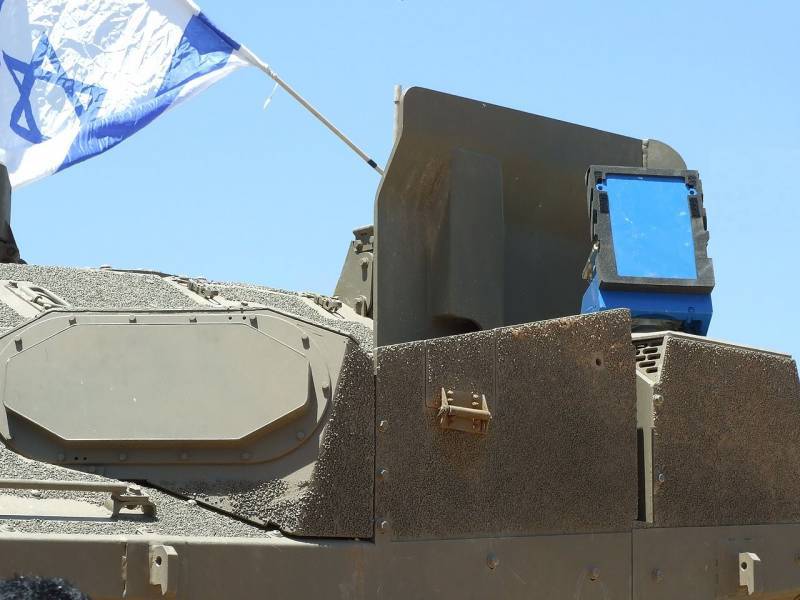
Radar KAZ Trophy and simulator starting device
Outdated subsystems should be replaced when spare parts are no longer manufactured by head implementers or when technologies simply go far ahead. Night-vision equipment, which for many years belonged to the passive type and was based on electro-optical converters, is increasingly taking thermal imaging systems into its ranks, which can significantly improve the detection of potential targets and, accordingly, their neutralization at large distances and in almost any weather conditions.
Similarly, the hydraulic equipment for stabilizing and controlling the gun is now being replaced with safer and more reliable electrical equivalents.
Modern BBMs are simply stuffed with electronic equipment, many of them are equipped with air conditioning systems, RCB protection, combat control systems, remotely controlled weapons modules (DUMV), computerized fire control systems, round-view cameras and electronic jamming devices for improvised explosive devices.
All these devices need such amount of electricity, which the existing electrical configuration cannot provide and therefore modernization is necessary. Some machines also have on board an auxiliary power unit (APU), which allows all major subsystems to operate with the engine shut off.
In most cases, these modernization works are performed by the platform’s leading manufacturer as a core business, although other contractors can do it, especially for lighter machines. For example, in addition to the parent manufacturer AM General, several companies offer options for upgrading the omnipresent armored car HMMWV (High Mobility Multipurpose Wheeled Vehicle).
In recent years, the total mass of many BBMs in service has increased significantly. This is mainly due to the fact that in order to increase the level of survivability they install heavier additional armor. This, as a rule, entails the installation of a new, more powerful engine with an upgraded transmission, as well as the need to update the suspension and brakes to restore the old speed and acceleration.
Manual transmissions are replaced by fully automatic models, allowing the driver to concentrate on his main task. The rapid development of electronics makes it possible to easily integrate future technologies and new, automatically configured systems into machines as they appear.
Transformation of tanks
The French defense procurement agency under the Scorpion program awarded Nexter Systems a contract in 2015 for the amount of 390 million dollars, according to which the 200 Leclerc tanks of the French army will be upgraded. Outdated systems will be replaced on the platform, its survivability will be enhanced, and after upgrading it will be renamed as Renovated Leclerc. The first two prototypes of the plans should be made in 2019 year, and the supply of updated tanks should be completed in 2028 year.
Nexter sold these tanks to the Arab Emirates 388 (plus 46 repair and recovery vehicles), which were manufactured in an improved standard and optimized for use in the hot climate of the Middle East. At the emirate MBT Leclerc installed not German, but the German power unit MTU EuroPowerPack 1500 HP along with the German APU.
At IDEX this year, the company in Abu Dhabi, Nexter, presented tank upgrade options available for the UAE, including mine protection and advanced defense units in front of the turret. A similar upgrade was carried out on the 100 MBT Leclerc from the last installment supplied to the French army. The UAE has already bought Azur protection kit, including additional side protection and lattice screens in the stern, having signed a contract at IDEX 2011.
Leclerc tank upgrade option at IDEX 2017
Modernization of their MBT is also carried out by the German armed forces. The first German tank Leopard 2 was manufactured by Krauss-Maffei Wegmann (KMW) in the 1979 year and since then this platform has been constantly improved. All 62 machines in the newest version of Leopard 2A7 will be delivered to the first foreign buyer, Qatar, by the end of this year.
All models of the Leopard 2 tank, up to the Leopard 2A5 version, are armed with XNUMx-mm, with the Rheinmetall L120 smooth-bore cannon (barrel length in caliber), while the 44-2 and 6-XNNXX have a smooth-axle OXNXXXXXUM and 2-7 can be used by LXNXXX55 with an OXNXXNXXX55 version of the LXNXXXX55 and XNUMXXXNUMX versions of the XNUMX-XNUMX XNUMX XNUMX XXNUMX tank. LXNUMX has an increased range when firing an armor-piercing feathered sub-caliber projectile.
The German army will receive 104 tank Leopard, upgraded to 2A7V standard is different, including its 120-mm smoothbore gun Rheinmetall L55A1, the ability to shoot a new generation of ammunition, including a programmable high-explosive shells Rheinmetall DM11. The 68 tanks Leopard 2A4 from the presence of the Swedish army, 16 tanks 2A6 from the presence of the Dutch army and 20 tanks 2A7, armed with the Bundeswehr, will be brought up to the standard.
In addition to the leading manufacturer of KMW, Rheinmetall Landsysteme, which manufactured a large number of Leopard 2 MBT, is also engaged in the modernization of this platform. The updated system, originally called the Rheinmetall Revolution, will be known as the Leopard 2 Advanced Technology Demonstrator (an advanced model for demonstrating technical improvements).
Rheinmetall has already supplied Indonesia 103 tank Leopard 2, of which 61 machine in the version of Leopard RI (Republic of Indonesia) and 42 machine in the version of Leopard 2A4 + equipped with air conditioning. The RI variant went through an extended modernization, which included air conditioning, electric armament drives, APU, rear-view camera, a new set of frontal projection passive protection and lattice screens to protect the stern of the tank.
Rheinmetall won the 110 Modernization Contest MBT Leopard 2 for Poland. The 120-mm L44 smoothbore gun was left in this tank, but an improved SLA will be integrated and a new passive booking kit will be installed. The upgrade is scheduled to complete by 2020 year. A company spokesman said that this upgrade kit is suitable for countries that want to integrate their own technology and are not limited to technology approved by KMW and the German government for Leopard tank operators (the so-called Leoben community).
Modernization of the tank Leopard 2 RI includes a set of passive armor to protect the frontal projection
Little about wheels
Despite external differences, the modernization of wheeled vehicles tends to focus on approximately the same areas as the modernization of tracked vehicles, namely, lethality, driving performance, protection and a higher level of interaction.
The Finnish company Patria has extensive experience in the modernization of wheeled vehicles. Her representative stated that “this is a very important part of Patria’s activities” and the scope of these upgrades is determined by the customer’s needs and is determined in close cooperation with the end user.
“The range of services varies from replacing one obsolete component to full-scale overhaul and modernization of the entire machine, including returning to“ as new ”and adding new features through the implementation of new technical solutions.”
Patria increases the protection levels of upgraded platforms by installing additional armor kits, which use the latest advances in materials science, replacing outdated weapons with more advanced larger-caliber systems and updating communication systems. The increase in the total mass is compensated by installing more powerful power units and new suspension systems.
A company spokesman added that over the years, crew ergonomics and safety have become increasingly important; this leads to the installation of air conditioning systems, explosion-proof seats with seat belts, as well as fire detection and extinguishing systems.
In 2013, the company announced that it had entered into a contract with the Finnish armed forces for the modernization of XA-180 Pasi 6x6 armored personnel carriers, which entered service at the beginning of the 80s.
X-180 armored vehicle on Cold Response 2010 drills
Patria began upgrading, modifying and overhauling the machine and its components back in the 90s. These were mainly machines from the UN peacekeeping contingent in Lebanon. “We have experience in upgrading this platform, because we were seriously engaged in servicing vehicles returning from this mission at our factory.”
Patria has tested and approved several versions of the XA-180 modification in order to implement them as a retrofit kit for an average service life. The Finnish HA-180 retrofit project is currently in mass production; There is a process of gradual renewal of the equipment of the Finnish army.
The company also offers upgrades to their own X-200 series machines, which after the upgrade will receive the designation XA-220. A spokesperson for Patria said that "the machines in this series, manufactured from 1997 to 2005 a year, will reach the average repair time in the coming years."
The upgrade includes a new electrical system with batteries with impregnated glass wool mats and a power supply dashboard, an updated suspension with adjustable shock absorbers, LED headlights and crew seats in the style of a newer AMV armored car. The Valmet diesel engine will also be replaced with the Cummins ISLe 8.9 diesel engine.
Various improvements
In Russia, over 21000 T-72 series tanks were manufactured; in addition, they were engaged in licensed production in Czechoslovakia, India, Poland and Yugoslavia. Russia completed their production in 1990 year. Today, Uralvagonzavod Corporation offers many upgrades for the T-72 tank with the incorporation of the technology of the commercially available T-90 MBT model.
One of the most interesting Russian upgrades of the T-72 tank is an option for urban combat, which has a commander's protected turret, armed with an 12,7-mm machine gun, a dozer blade installed in front and an improved booking kit with elements of dynamic protection.
Classics of the genre - T-72
In addition to Uralvagonzavod, there are several other contractors who are trying to gain a foothold in the T-72 / T-90 modernization market, including the Israeli Elbit Systems, which has achieved some success with its optical-electronic systems. The French company Renk has developed a power unit for this platform which includes a new diesel engine, a Renk transmission (the same is on the Leclerc tanks of the French army) and a new cooling system.
The British company Vickers Defense Systems (today BAE Systems Land UK) at one time manufactured the 400 OBT Challenger 2 (photo below) at its now closed factories in Leeds and Newcastle-upon-Tyne. It was expected that the Challenger 2 tank would go through a program to maintain the Capability Sustainment Program, but it was trimmed to a life extension program for the Challenger 2, LEP (Life Extension Program) tank, which aims to replace outdated subsystems.
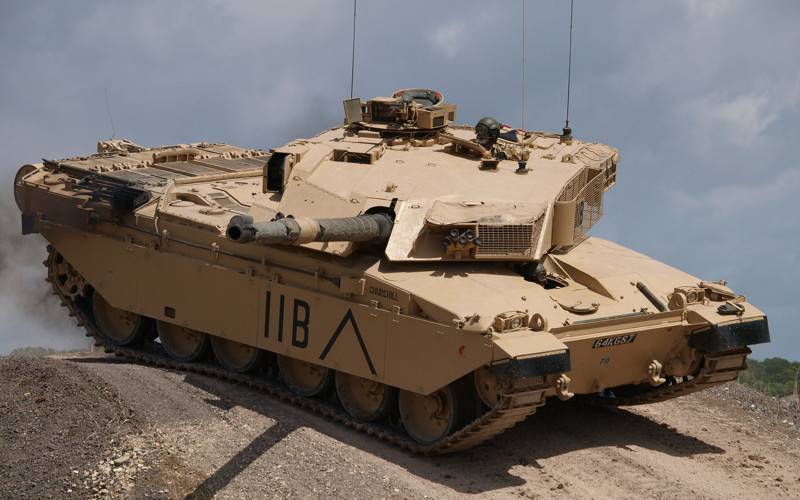
BAE and Rheinmetall were awarded contracts for the first phase of the LEP program. It is expected that the contract for the second stage will lead to mass production. At the moment, it is planned to upgrade 227 machines, although this number can be reduced.
The list of MBT upgrades will not be complete without mentioning the American tank M1 Abrams. The production of the M1X2 at the General Dynamics Land Systems tank factory in Ohio has been completed, but upgrades to the latest standard M1X2 System Enhancement Package (SEP) V3 continue. Improvements include additional generated electrical power, more network capabilities, increased survivability, data transfer channel to ammunition and APU. For operations in Iraq, the US Army has purchased sets of additional equipment and reservations that increase the combat capabilities of the tank in urban environments TUSK (Tank Urban Survival Kit), which among other things include enhanced protection and a system of situational awareness.
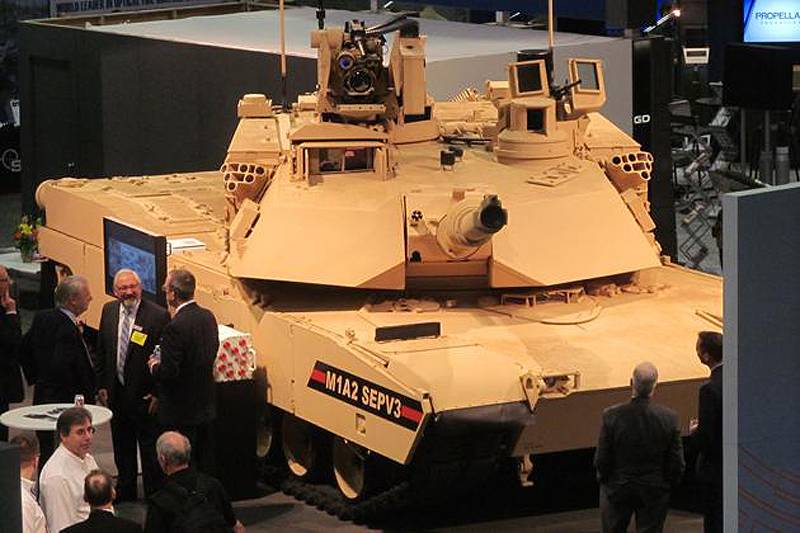
The newest version of the American tank M1A2 SEPV3
Also gaining popularity is the process, which cannot be called modernization in its pure form. It consists in remaking surplus tank hulls into new platforms. For example, the Leopard 2 MBT was converted by Rheinmetall and RUAG into a Kodiak engineering armored vehicle, which was sold to the Netherlands, Singapore, Sweden and Switzerland. Under the leadership of KMW, excess Leopard 2 tanks are also converted into Leguan tank-laying tanks. Another example of a platform based on the chassis of a Leopard 2 tank is the Wisent 2 armored vehicle developed by FFG. A unique feature of the Wisent 2 is that it can be used both as an engineering and as a repair and recovery vehicle. This platform was sold to Canada, Norway, Qatar and the United Arab Emirates.
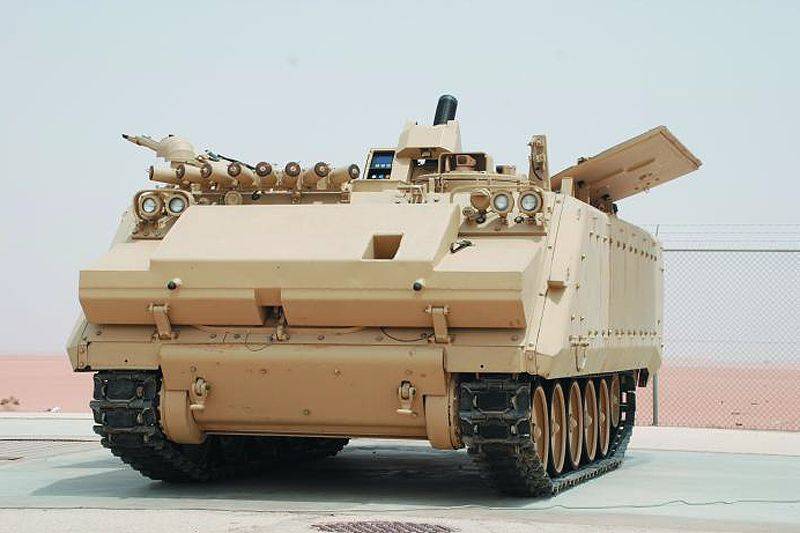
The Turkish company FNSS has upgraded the M113 armored personnel carriers for Saudi Arabia, installing on them a new set of passive armor, installation of Galix smoke grenades in the front of the hull and 120-mm mortar muzzle loading
Combat outfit
Not so long ago, the standard infantry fighting vehicle of the German army was the BMP Marder 1 manufactured by Rheinmetall Landsysteme. Before 1975, a total of 2136 machines were manufactured and since then they have been upgraded many times. Over time, the Marder 1 infantry fighting vehicle underwent a slight modernization, as a result of which, the anti-tank Milan missile launcher was installed to the right of the cannon, and a remote-controlled 7,62-mm machine gun was mounted in the rear of the hull. The base model had the designation Marder 1A1 (photo below). The following modifications follow: Marder 1A2, equipped with thermal imaging surveillance systems, gun stabilization system in two planes, improved tanks and engine cooling system, Marder 1A3 with enhanced armor protection, Marder 1A5 with enhanced protection against the effects of damaging factors during an explosion min. In addition, there are a number of intermediate modifications, differing mainly in the composition of radio equipment. In order to replace the outdated Marder fleet in 2015, the German army began to take delivery of new Puma infantry fighting vehicles; It is planned to adopt these machines for 350. However, it is planned to leave in service more than 100 armored vehicles Marder 1. These machines will undergo extensive upgrades, including a new tower with weapons of a larger caliber.
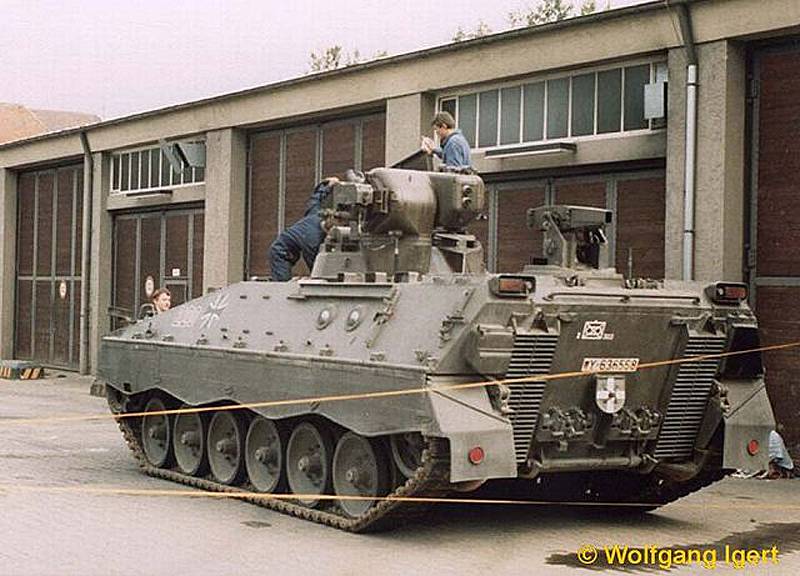
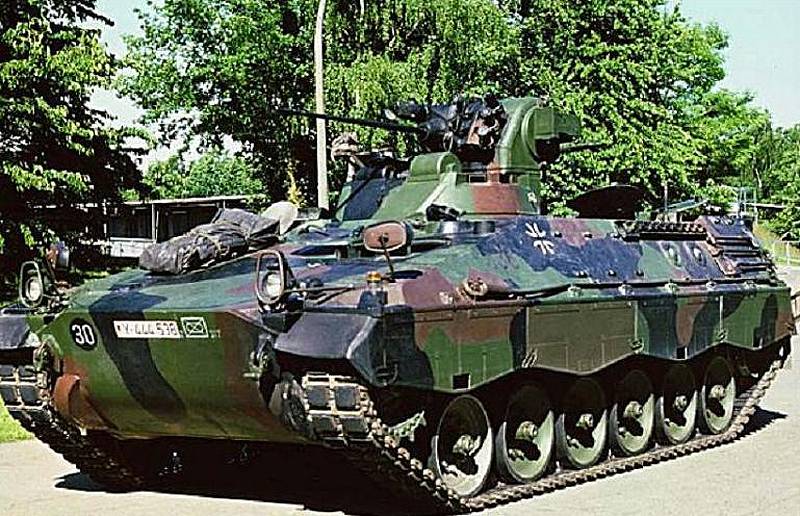
Rheinmetall also sold excess Marder 1A3 machines to Chile and Indonesia; there they were more likely not to upgrade, but to overhaul. The newest version of the platform received the designation Marder 1A51; 35 such machines were operated in Afghanistan.
In addition, the company Rheinmetall offers a modernized BMP Marder with a raised roof, as well as a medium tank version with the same turret as the Italian 105-mm self-propelled gun Centauro (6x6) MGS.
The American Army is armed with BMN MXNUM Bradley production BAE Systems, the latest version of which, after numerous upgrades, received the designation M2A2 Bradley. In total, the army has adopted over 3 BMD M6000 Bradley infantry fighting vehicles and Bradley MH combat reconnaissance vehicles; the last platform left the factory in San Jose in 2. Saudi Arabia also bought the 1995 M400 Bradley armored vehicles. The machine is equipped with a twin turret armed with an 2-mm M25 cannon with double feed developed by Orbital ATK Armament Systems, an 242-mm coaxial machine gun and two Raytheon TOW ATGM launchers on the left side.
Many Bradley upgrades were focused on survivability, for this purpose additional passive armor and elements of dynamic protection were installed. Because of them, the mass of the machine has increased to about 39 tons, as a result of which mobility has deteriorated, including acceleration and power density. Problems were solved through the implementation of several proposals for technical changes aimed at restoring the characteristics.
The crew of the armored vehicle M2A3 Bradley firing ATGM TOW
The US Army is also the operator of a large fleet of M113 series armored personnel carriers, but they no longer have enough mobility or protection to operate in the same battle formations with the M2 Bradley infantry fighting vehicles and the M1X1 / M1XXUMX tanks. For this reason, they will be replaced by the AMPV (Armored Multi-Purpose Vehicle) multipurpose platform, which essentially is a Bradley М2 armored vehicle with a turret removed, equipped with a new booking kit, including dynamic protection units. However, the AMPV program is aimed at replacing only 2 machines М2897 at the brigade level and lower in armored brigades; 113 vehicles will not be included in this program in combat support units above the level of the brigade. The future of these latest cars is uncertain, it is possible that they will soon be upgraded.
Over the 72000 of the M113 armored personnel carriers in various versions was manufactured in the USA and licensed in Italy. Many cars still remain in service with a number of countries. Several contractors offer upgrades to this platform, including, for example, the Turkish company FNSS Savunma Sistemleri, which has upgraded over 1000 M113 armored vehicles for Saudi Arabia.
Materials used:
www.shephardmedia.com
www.gdls.com
www.baesystems.com
www.rafael.co.il
www.nexter-group.fr
www.kmweg.com
www.rheinmetall-defence.com
www.patria.fi
www.uvz.ru
www.wikipedia.org
en.wikipedia.org
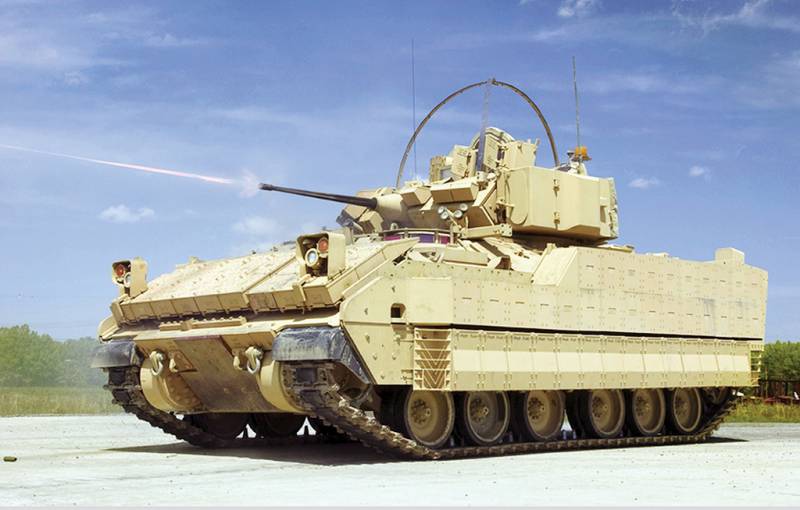
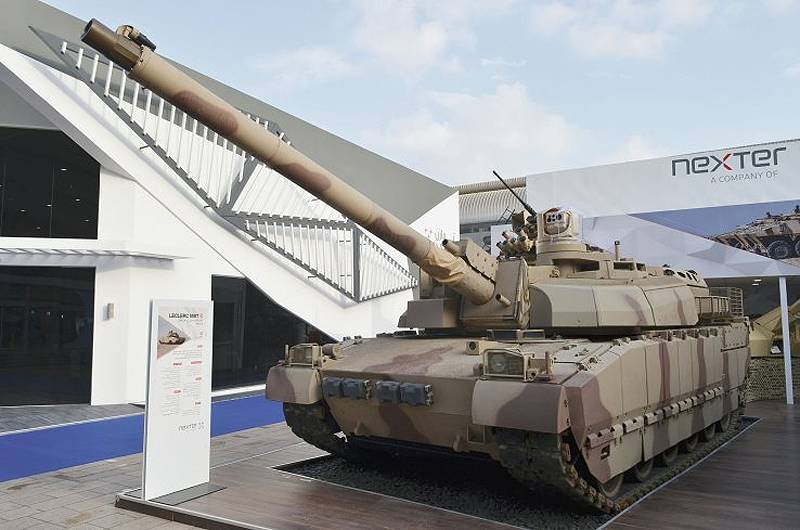
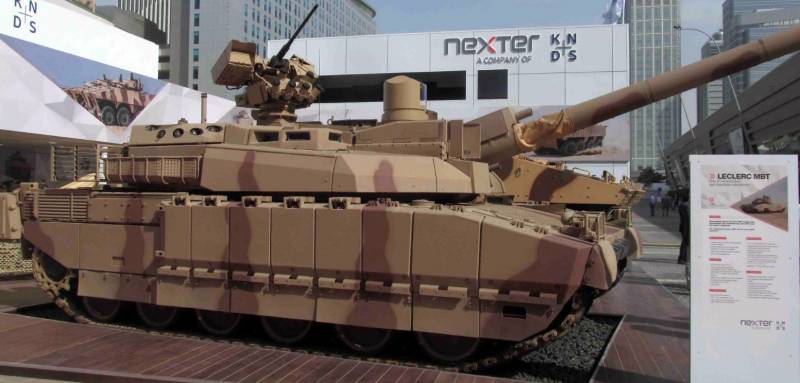
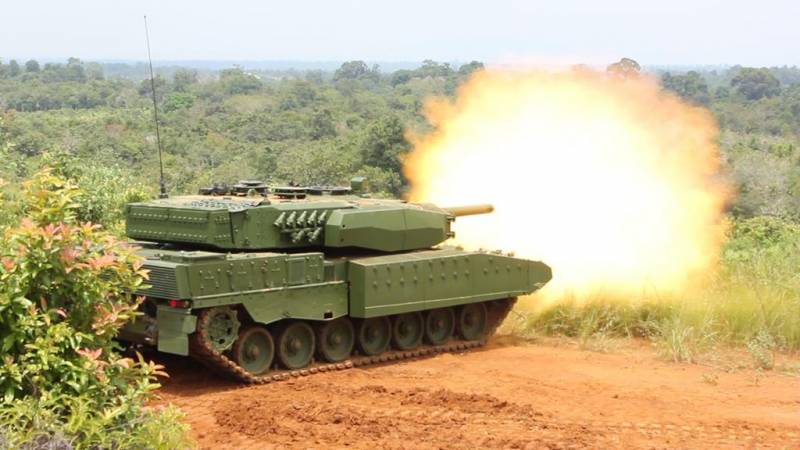
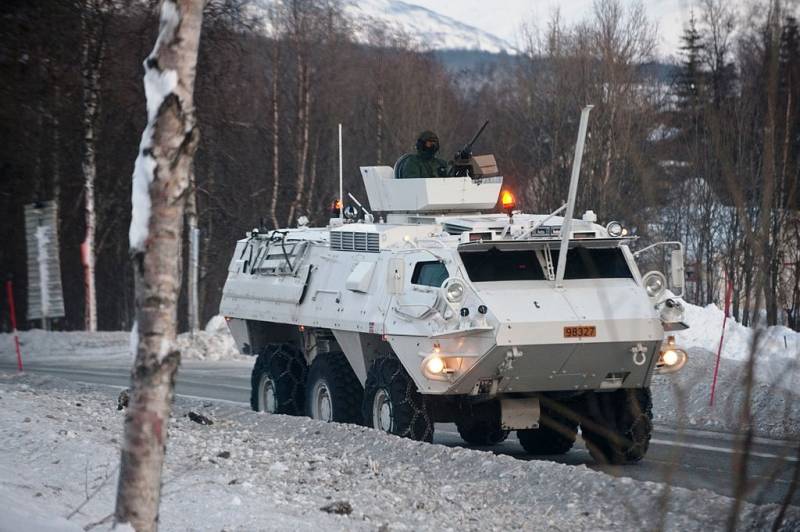
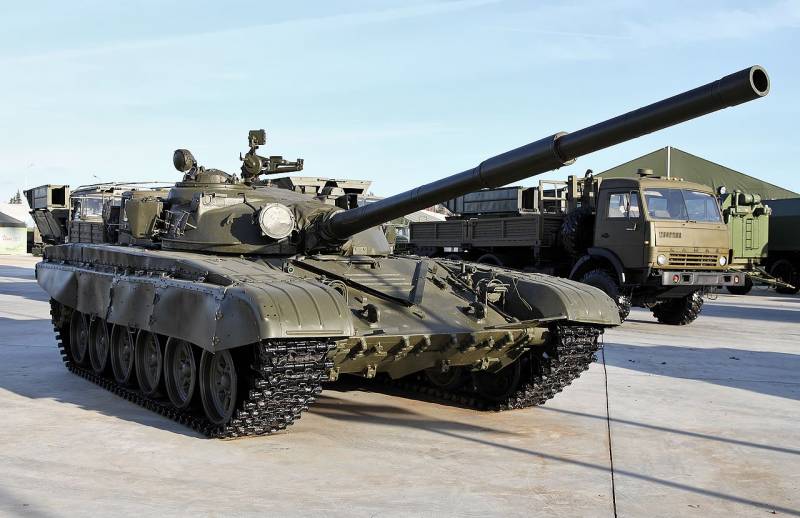
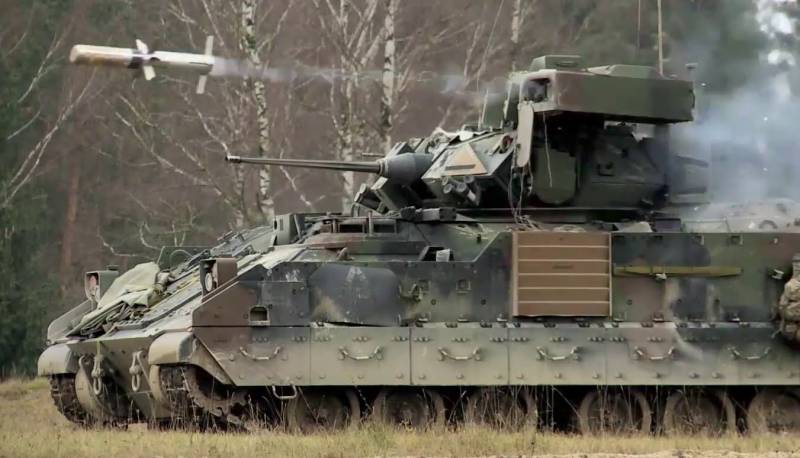
Information